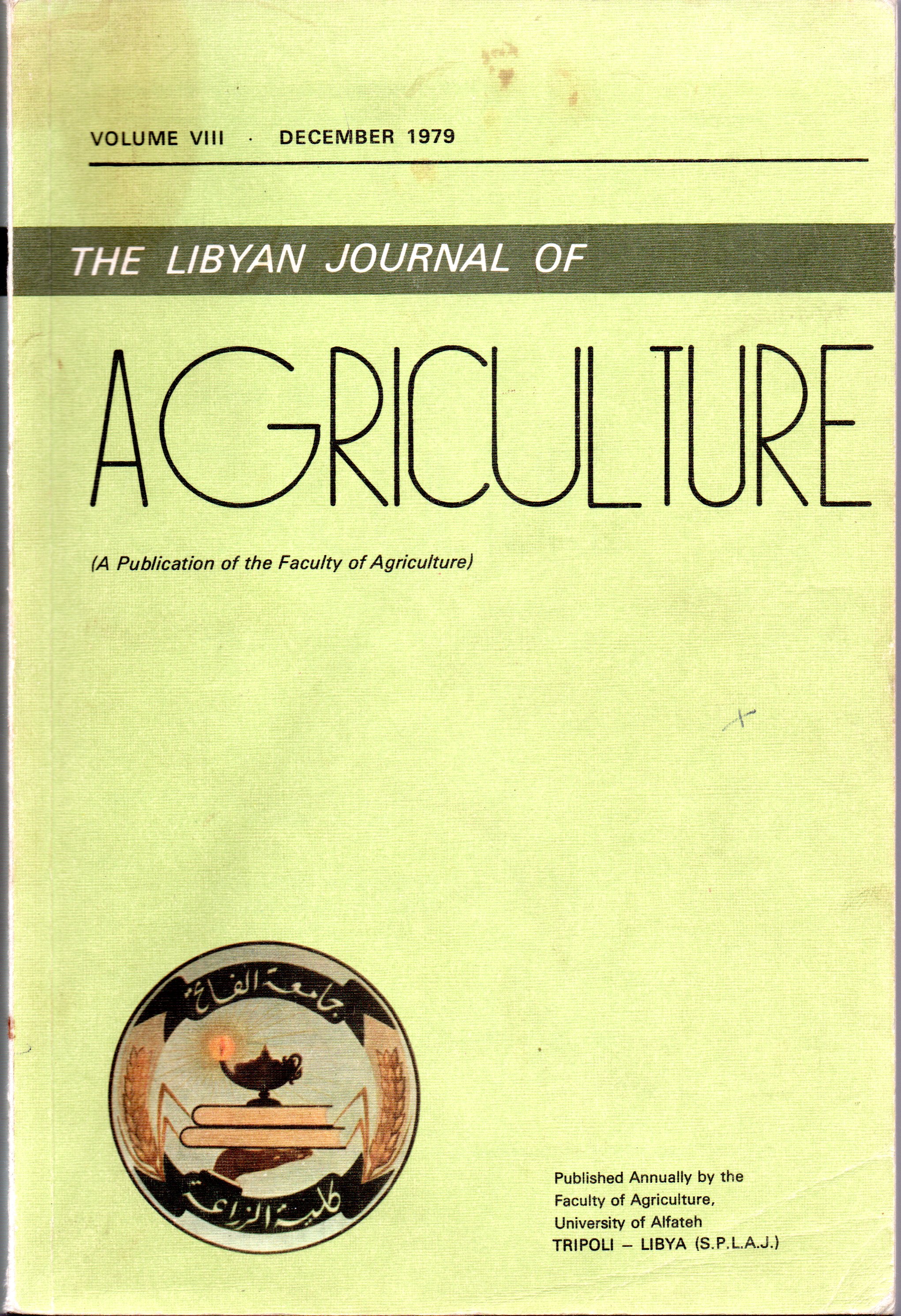Onion Varietal Test Under Libyan Conditions
Main Article Content
Abstract
Twelve onion cultivars were tested at the Faculty of Agriculture, Tripoli during the period from 1976 to 1978. Cultivars tested included three Egyptian and eight American cultivars. The last cultivar was composite 10 that represent a hybrid between Egyptian and American cultivars. Cultivars were compared in respect to weight of marketable and total yields, average weight of single bulbs, and the percentage of total soluble solids. The highest marketable yield was produced by Texas Yellow Grano 502. Granex 33 was the next highest with respect to marketable yield. A lower marketable yield was given by the Egyptian and other American cultivars. Total yield showed a similar trend.
Bulb size as measured by bulb weight behaved in a parallel manner to weight of marketable yield. The largest bulb size was expressed by Texas Yellow Grano 502 and Granex 33, followed by San Joaquin and Excel. The cultivars were grouped according to maturity dates. Four cultivars, namely, Downing Yellow Globe, Rocket, Yellow Sweet Spanish L., and Autumn Spice were unadapted to Libyan conditions because some plants failed to form definite bulbs. They showed late maturity without the tops falling down, indicating the need for longer photoperiods.
Highly significant differences existed among cultivars in respect to percent total soluble solids. The Egyptian cultivars had the highest level of T.S.S. Texas Yellow Grano 502, Granex 33, San Joaquin, and Excel showed the lowest percentage of soluble solids. Composite 10 showed an intermediate T.S.S. According to percentage T.S.S., the cultivars were classified into three storage groups; good keeper, intermediate, and poor keeper cultivars. The various aspects of results and recommendations for onion production in Jamahiriya were discussed

